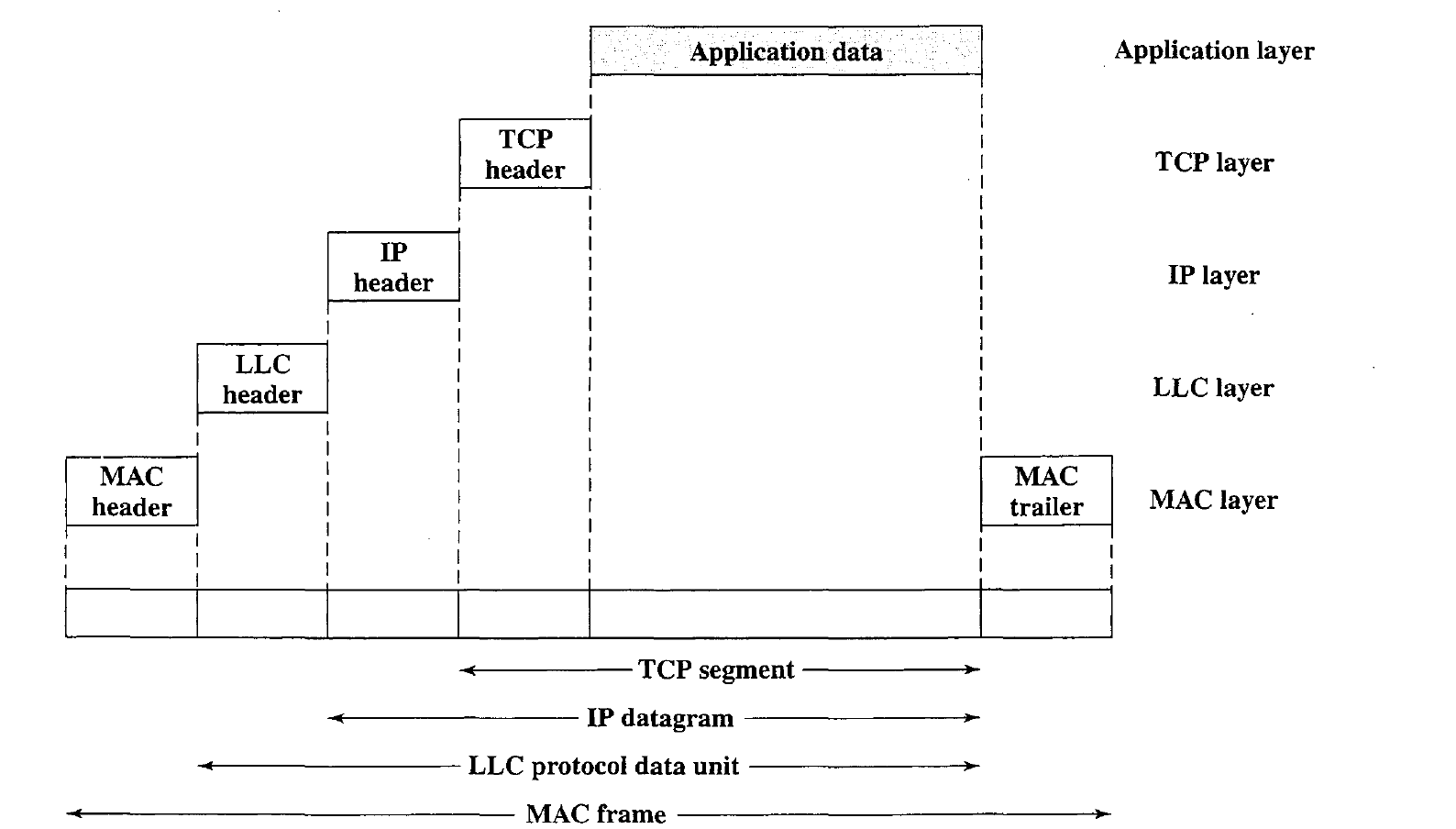Wireless LAN
Published:
This post covers WIRELESS COMMUNICATIONS AND NETWORKS by William Stallings.
Basic Ideas
The Wireless LAN- Fundamental System Design
The architecture of a LAN is best described in terms of a layering of protocols that organize the basic functions of a LAN.
This section opens with a description of the standardized protocol architecture for LANs, which encompasses physical, medium access control, and logical link control layers.
Protocols defined specifically for LAN and MAN (metropolitan area network) transmission address issues relating to the transmission of blocks of data over the network.
Working from the bottom up, the lowest layer of the IEEE 802 reference model corresponds to the physical layer of the OSI model and includes such functions as
- Encoding/decoding of signals (e.g., PSK, QAM, etc.)
- Preamble generation/removal (for synchronization)
- Bit transmission/reception

Physical layer is further subdivided into sublayers. In the case of IEEE 802.11, two sublayers are defined
Physical layer convergence procedure (PLCP): Defines a method of mapping 802.11 MAC layer protocol data units (MPDUs) into a framing format suitable for sending and receiving user data and management information between two or more stations using the associated PMD sublayer
Physical medium dependent sublayer (PMD): Defines the characteristics of, and method of transmitting and receiving, user data through a wireless medium between two or more stations
Above the physical layer are the functions associated with providing service to LAN users. These include
- On transmission, assemble data into a frame with address and error detection
fields.
- On reception, disassemble frame, and perform address recognition and
error detection.
- Govern access to the LAN transmission medium.
- Provide an interface to higher layers and perform flow and error control.
The set of functions in the last bullet item is grouped into a logical link control (LLC) layer. The functions in the first three bullet items are treated as a separate layer, called medium access control (MAC). The separation is done for the following reasons:
Higher-level data are passed down to LLC, which appends control information as a header, creating an LLC protocol data unit (PDU).
This control information is used in the operation of the LLC protocol.The entire LLC PDU is then passed down to the MAC layer, which appends control information at the front and back of the packet, forming a MAC frame.
Again, the control information in the frame is needed for the operation of the MAC protocol.
For context, the above figure also shows the use of TCP/IP and an application layer above the LAN protocols.